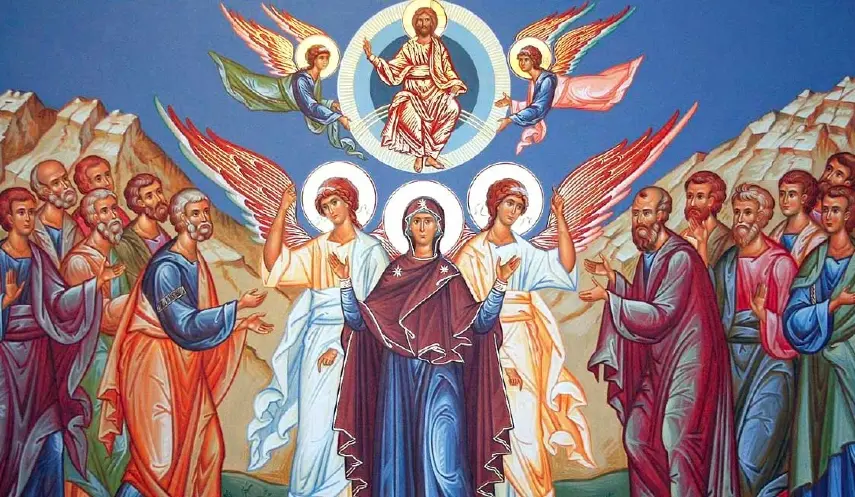ASCENSION OF CHRIST - THE DAY WHEN THE SKY OPENED
Republika Srpska – region – Orthodoxy
05/29/2025
09:47

BANJA LUKA, MAY 29 /SRNA/ - Serbian Orthodox Church today celebrates the Feast of the Ascension of Jesus Christ /Spasovdan/, a Christian holiday marked 40 days after the Orthodox Easter.
The Feast of the Ascension of Jesus Christ is one of the 12 significant Christian holidays. It is dedicated to Jesus Christ and it is always marked on Thursday. Christians often celebrate this holiday as a patron saint.
According to Christian belief, Christ showed with His resurrection that he is stronger than death, and 40 days later, his disciples were at the dining table. That day, Christ appeared to them again and said: ''Go into all the world and preach the Gospel to every creature. Whoever believes and is baptized will be saved, but whoever does not believe will be condemned.''
To achieve this, Christ promised them the Comforter Spirit and commanded them not to depart from Jerusalem until the descent of the Holy Spirit. This way they could carry the faith of Christ into the world and thereby save people through faith - hence the name Ascension Day.
With his hands raised, Christ blessed his disciples, after which he began to ascend to heaven, thus completing the work of salvation and returning to God in heaven.
At the evening service, which is celebrated on Wednesday before the Ascension, the so-called Passover devotions, a kind of farewell to Easter, are performed in accordance with the church typology.
The Feast of the Savior is the feast of the Visoki Dečani monastery, Belgrade, Banja Luka, Nevesinje and East New Sarajevo.
According to some historians, Belgrade survived the Turkish conquests, thanks to miraculous protection on Ascension Day. There are records from the 19th century that mention that "heaven opened its doors," and the enemy army suddenly abandoned the siege. This is where the votive character of Ascension Day, as a celebration of Belgrade, comes from.
The importance of Ascension Day is demonstrated by the fact that the oldest historical and legal document of the Serbian medieval state - Dušan's Code - was published precisely on Ascension Day in 1349.
In the Orthodox tradition, Ascension Day symbolizes hope for salvation and eternal life. In many regions, it is also a day when the protection of villages and people is traditionally celebrated, as it is believed that this day is favorable for prayers for health and protection, both for the individual and for the community.
In many parts of Serbia and BiH, it is customary to hold processions on Ascension Day to protect crops from hail, drought, and other disasters. The processions were considered a powerful act of invoking God's help.
Since ancient times, it has been a deeply rooted folk festival, a spring holiday for herders and farmers. On Ascension Day, nothing is done in the fields, because it is believed that lightning will strike the crops if the ground is touched on that day. And rain is considered a blessing, because it will bring forth wheat. It is considered a very happy day of the year when everything should start, and that is why it is also called Spasovlje.
One of the interesting customs was weaving crosses from hazel twigs, which were placed in front of the house or field as a symbol of protection and prosperity. These crosses were kept throughout the year.
According to custom, strawberries had to be eaten on this day. A special specialty is a meal called “cicvara,” which was prepared just for this occasion.
Although there are many customs associated with this day, the essence of Ascension Day is in spiritual growth and glorification of the basic virtues - faith, hope and love. Our ancestors used to say "salvation is not sought, it comes quietly".






